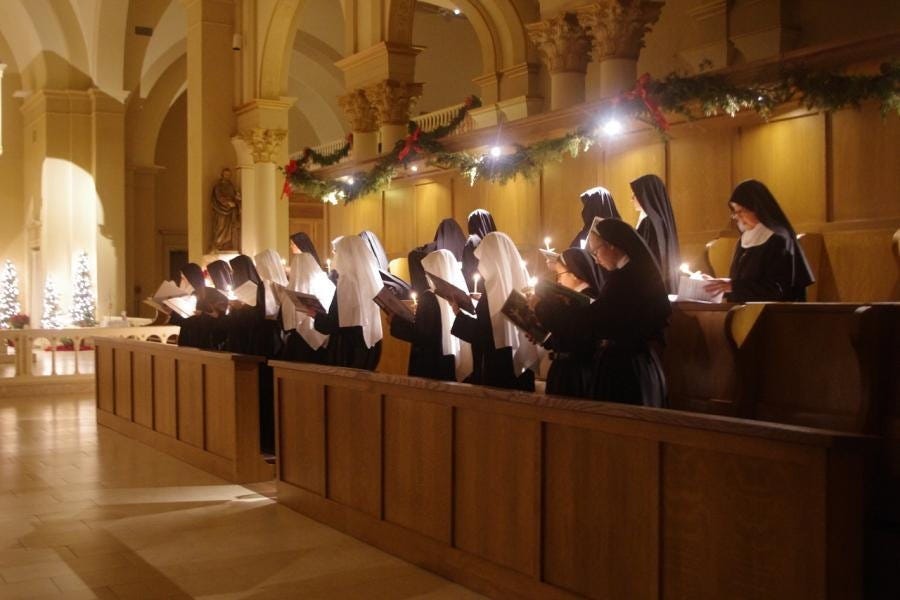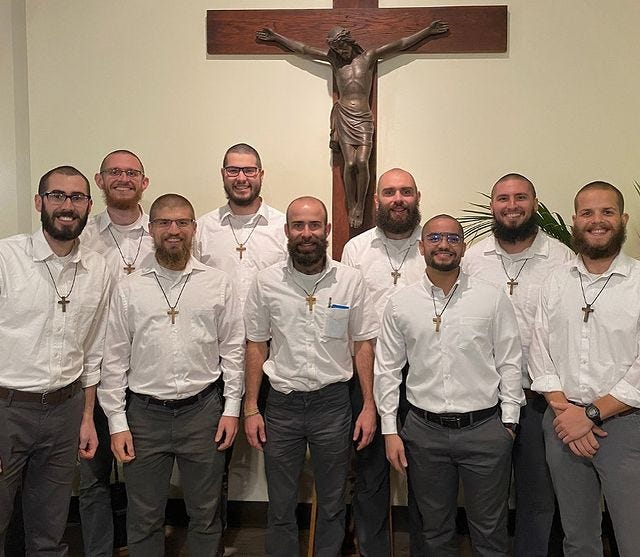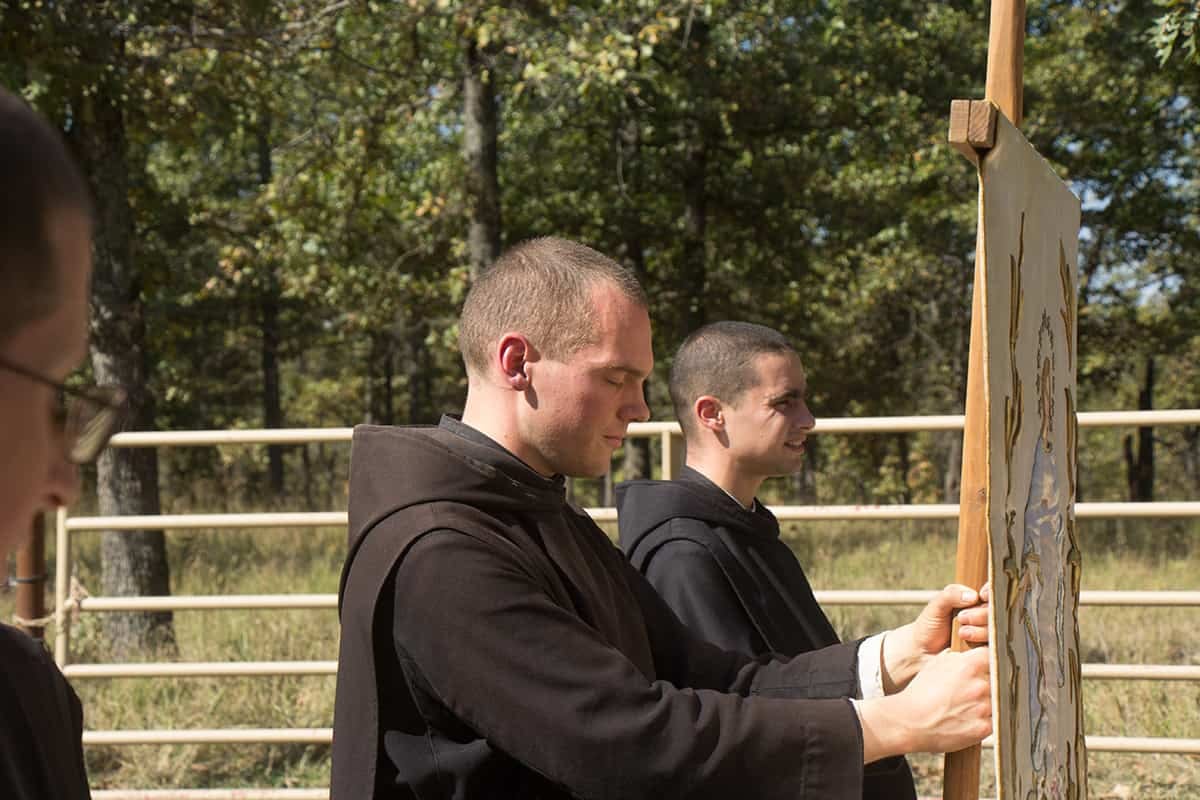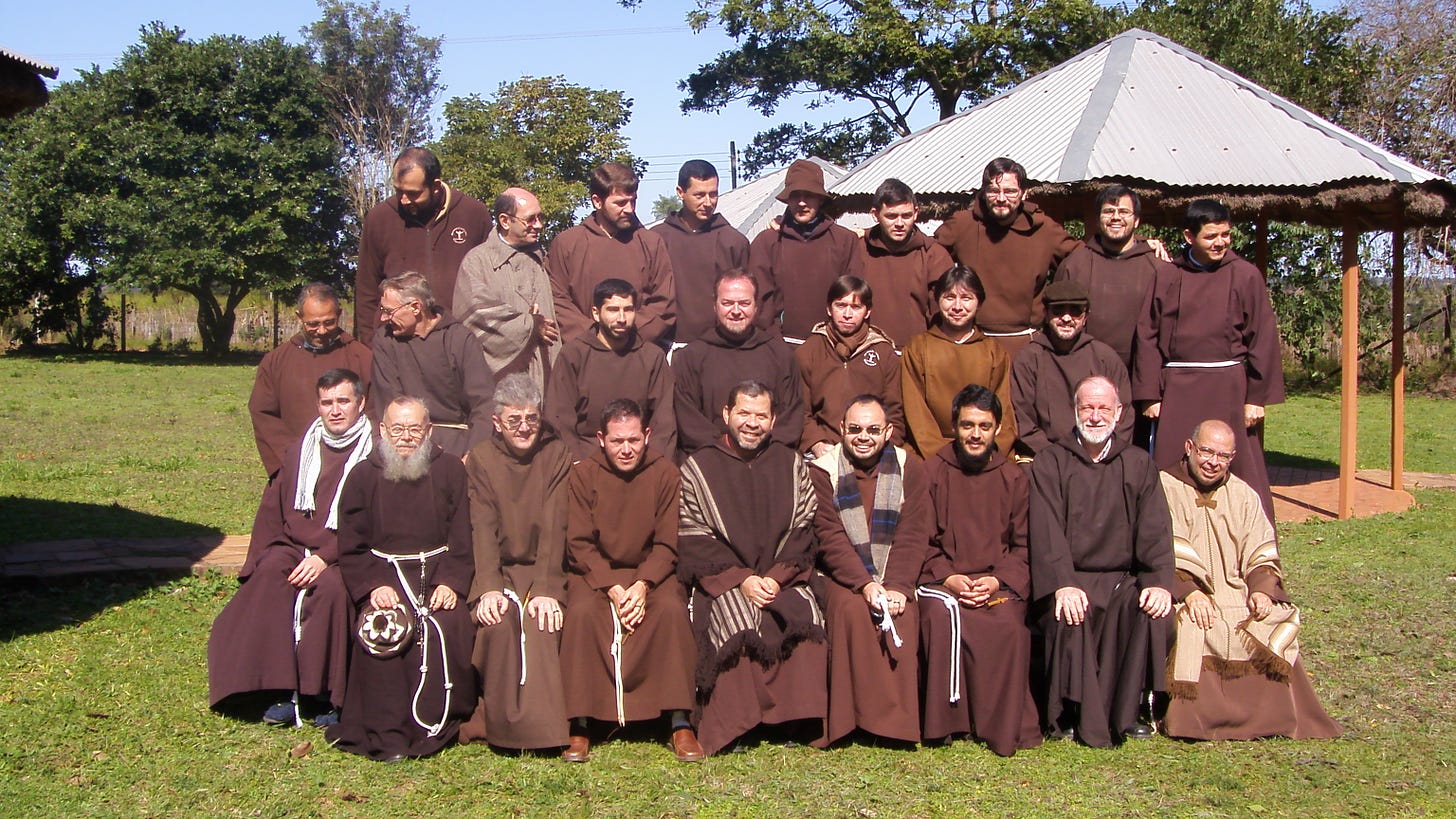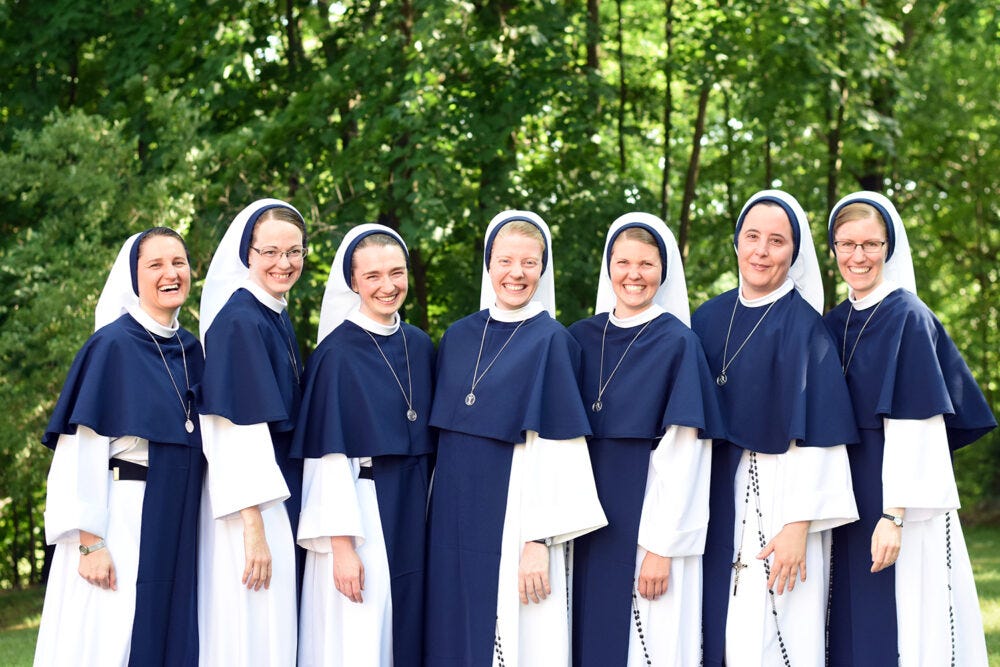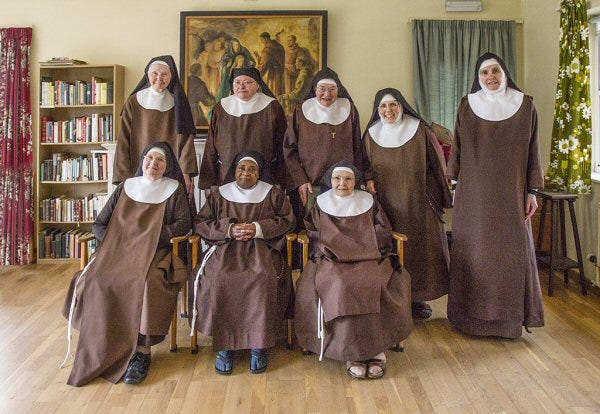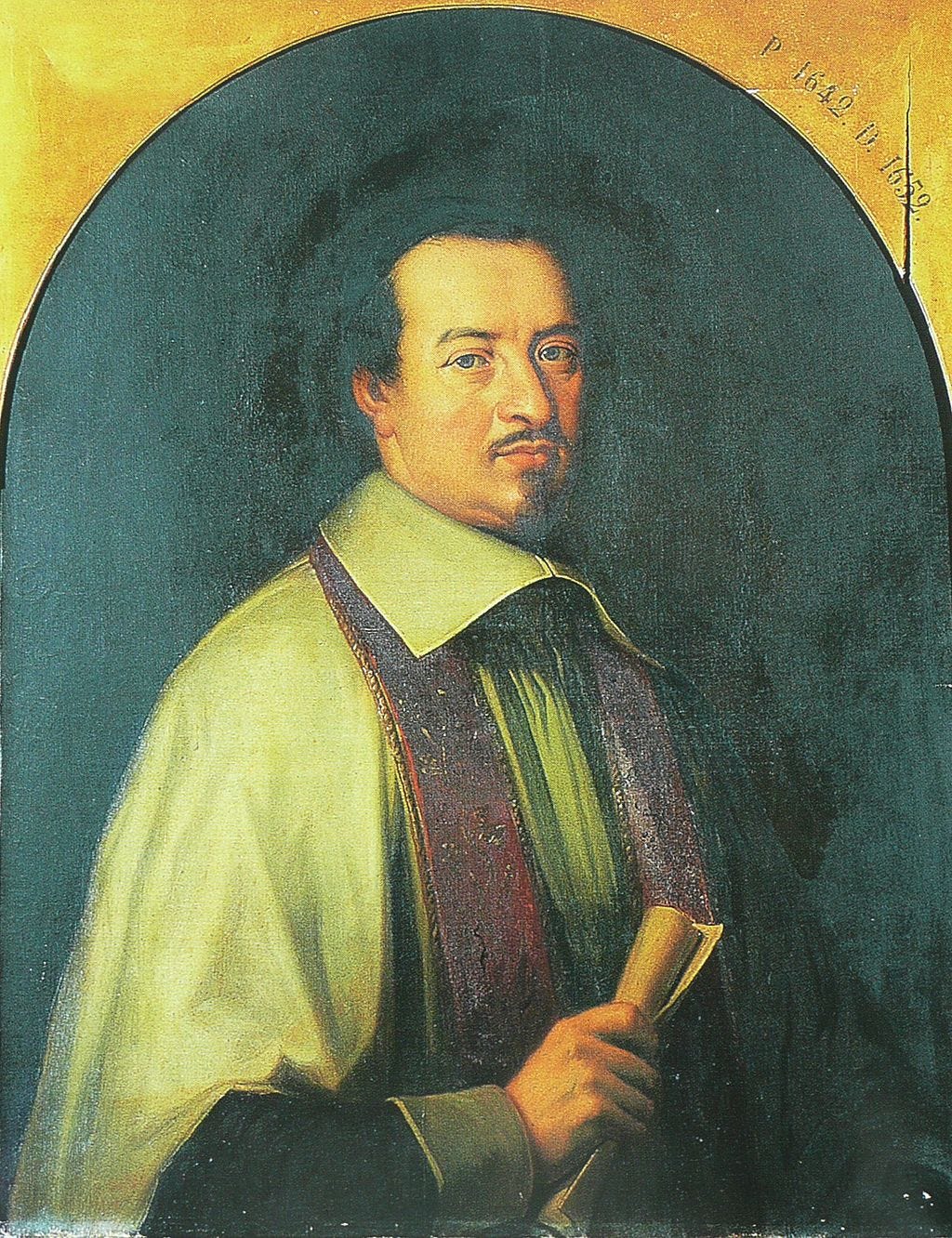The Missionaries of Charity, the religious order founded by St. Teresa of Kolkata, is in the news this week, after the community’s Indian sisters were cut off from foreign contributions, which has put in peril their charitable work in the country.
In most press accounts, you’ll read about the difficulties the “nuns” are facing.
The only problem with those accounts? The Missionaries of Charity aren’t technically “nuns” at all.
Wait, what?
It’s true. But you shouldn’t worry too much if you didn’t know that. The Church uses some technical terminology to describe people living religious life — and some terms, like “nun,” end up with a broader meaning in popular conversation.
But to help you understand how the Church sees things, here’s a little glossary on religious life.
A life consecrated
The church uses a broad term, “consecrated life,” to describe those men and women who enter groups recognized by the Church, which are dedicated to contemplation of God himself in prayer, and then to sharing a common life built around a charism, or a central vision, which is usually regarded as a gift given to the group’s founder by God.
We usually refer to those groups as “religious orders,” but they are formally described as “institutes of consecrated life.” Or at least, most of them are. But more on that after we cover the basics.
Religious orders, communities of men and women, have in common that they are recognized and approved by the Church, and that their members make vows, or sacred bonds — promises to God — to live in chastity, poverty, and obedience, the virtues described by the Church as “evangelical counsels,” which are “based on the teaching and examples of Christ the Teacher, are a divine gift which the Church has received from the Lord and preserves always through His grace.”
But while they have those basic features in common, religious orders manifest extraordinarily diverse expressions of the Christian life.
Some religious orders are dedicated to the contemplative life — men or women who spend most of their time in prayer. Others are more active, engaging in projects and work related to the mission of the Church. Some, like the Missionaries of Charity, have both contemplative and active branches, which are connected to each other.
In some religious orders, every member has a similar kind of work — the entire group, or sections of the entire group, share a common “apostolate,” or missionary project. In others, members do a broad spectrum of things — some might teach, while others are physicians, and others engage in works of charity, for example.
Among orders of men, some consist of priests and young men studying to be priests. Some are made up priests and religious brothers, who take vows but are not ordained. Others are made up entirely of brothers.
The manifestations of religious life should be centered around the charisms, or founding visions, of each community. Of course, from time to time, communities get off track, so the Church is constantly calling religious communities to go back to the visions of their founders.
Cool, but what’s a monk, exactly? And did you say the Missionaries of Charity aren’t nuns?
Well, here are some terms used to describe aspects of religious life:
Postulant
A person admitted to a period of discernment — on the part of both the individual and the community — in a religious community. Postulancy is usually a period lasting one year, although it can be longer or shorter. Postulants may wear distinctive dress, but do not wear the particular garb for members of a religious order.
Novice
A person admitted to a formation period of one or two years at the beginning of religious life. A novice is generally addressed as “Brother,” or “Sister,” usually wears the habit, or religious garb, of the order, and may take a religious name. A novice is in a period of discernment — the novice is free to leave during the novitiate, or at its conclusion, and the community is free to dismiss the novice.
After the novitiate, a person generally takes “temporary vows” in a religious institute, for at least a period of three years, before taking final vows and beginning lifelong membership.
Monk
A monk is a member of a monastery; a priest or brother who belongs to a community usually focused on prayer, and engaged in simple, prayerful work - often manual labor. Generally speaking, a monk remains attached to the same monastery for his entire religious life. While many monks are members of the Benedictine order, there are other kinds of monasteries, among them Carthusian, Cistercians, and Trappists.
Friar
A friar is a priest or brother who belongs to a religious order not attached to a particular monastery; traditionally called a mendicant order. Mendicant orders have the customs of more frequently traveling, not customarily owning property, and depending upon begging or good will, rather than earning money through agriculture or other monastic pursuits. Among the religious known as friars are members of the Franciscan, Dominican, Carmelite, and Augustinian orders.
Religious brother
A religious brother is a member of a religious institute who is not ordained a priest. Some religious brothers are in formation to be priests, while others are members of a religious order who have chosen not to become priests, because they feel called to consecrated life without ordination. Some religious orders consist entirely of brothers, while others include both brothers and priests. A brother might be either a monk or a friar, or neither of those.
Religious sister
A religious sister is a member of a religious order of women, who has professed vows of poverty, chastity, and obedience. Orders might be quite active, or instead rather contemplative, but a religious sister is different from a nun in some technical and practical ways, outlined below.
Nevertheless, the word “nun” is often used to refer to both religious sisters and nuns in the technical sense, and most religious sisters won’t correct you on this.
Nun
A woman religious who is a member of a monastery, usually dedicated to prayer and cloistered — which means that the nuns don’t usually leave the monastery, and apart from certain visiting areas, other people don’t usually enter it. Monasteries of nuns might belong to larger religious congregations or orders, but they are more often autonomous, which means they are subject directly to the authority of the Holy See.
There are also technical differences in the way that nuns and religious sisters profess vows. Nuns generally make acts of renunciation before professing vows — foreswearing the right to property ownership of any kind. Generally speaking, other religious sisters and most religious men make acts of cession, in which they foreswear accruing any benefit from some property they own, even while it might still be held in their name.
Missionaries of Charity sisters are religious sisters, members of an institute of consecrated life, but not properly speaking “nuns.”
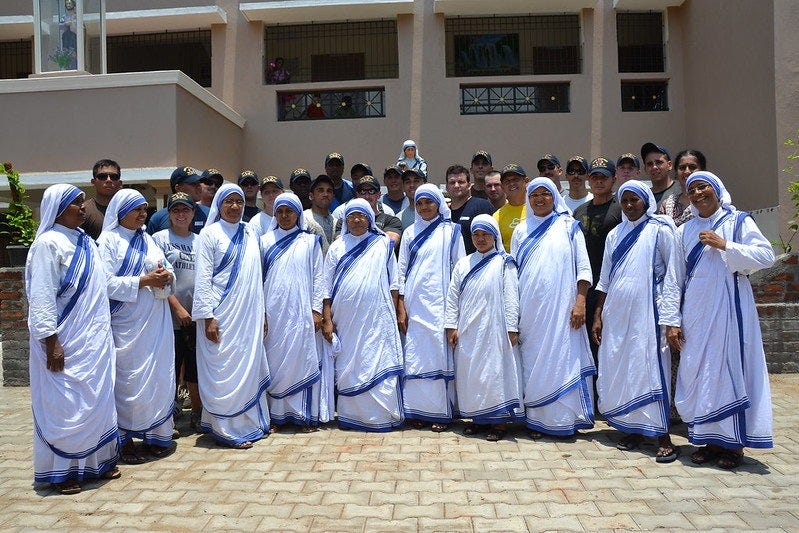
Here are a few more terms connected to consecrated life
Consecrated virgin
A woman who is not a member of a religious order, but is consecrated to God in a liturgical rite, and lives in the world, but “mystically betrothed to Christ, the Son of God, and dedicated to the service of the Church.”


Hermit
A man or woman who lives a life of prayerful solitude, not as a member of a religious order, but after professing the evangelical counsels “in the hands of the diocesan bishop.”

Society of apostolic life
A Church-approved association whose members who do not profess vows, but live in common with each other, according to a rule of life, in order to serve some mission in the Church.
The Society of St. Sulpice, an association of priests who teach at and administer sacraments, is a society of apostolic life. So too is the Glenmary Home Missioners, an association of priests and brothers who serve in rural ministry in the United States. The Priestly Fraternity of St. Peter is also a society of apostolic life, which was founded to offer the Extraordinary Form of the Mass.
Popular Catholic speaker Sr. Miriam James Heidland is a member of the Society of Our Lady of the Most Holy Trinity, SOLT, which is also a society of apostolic life.

